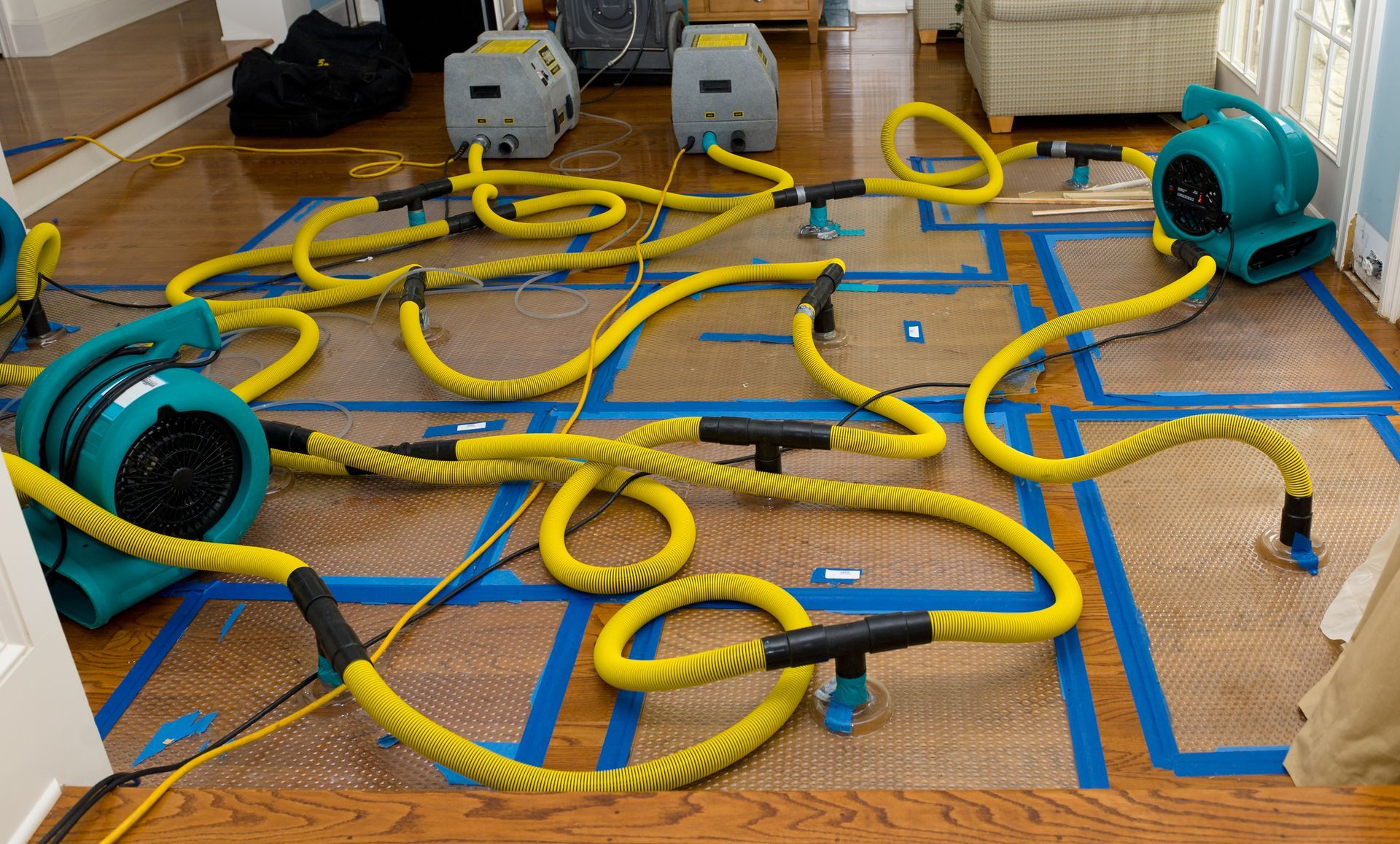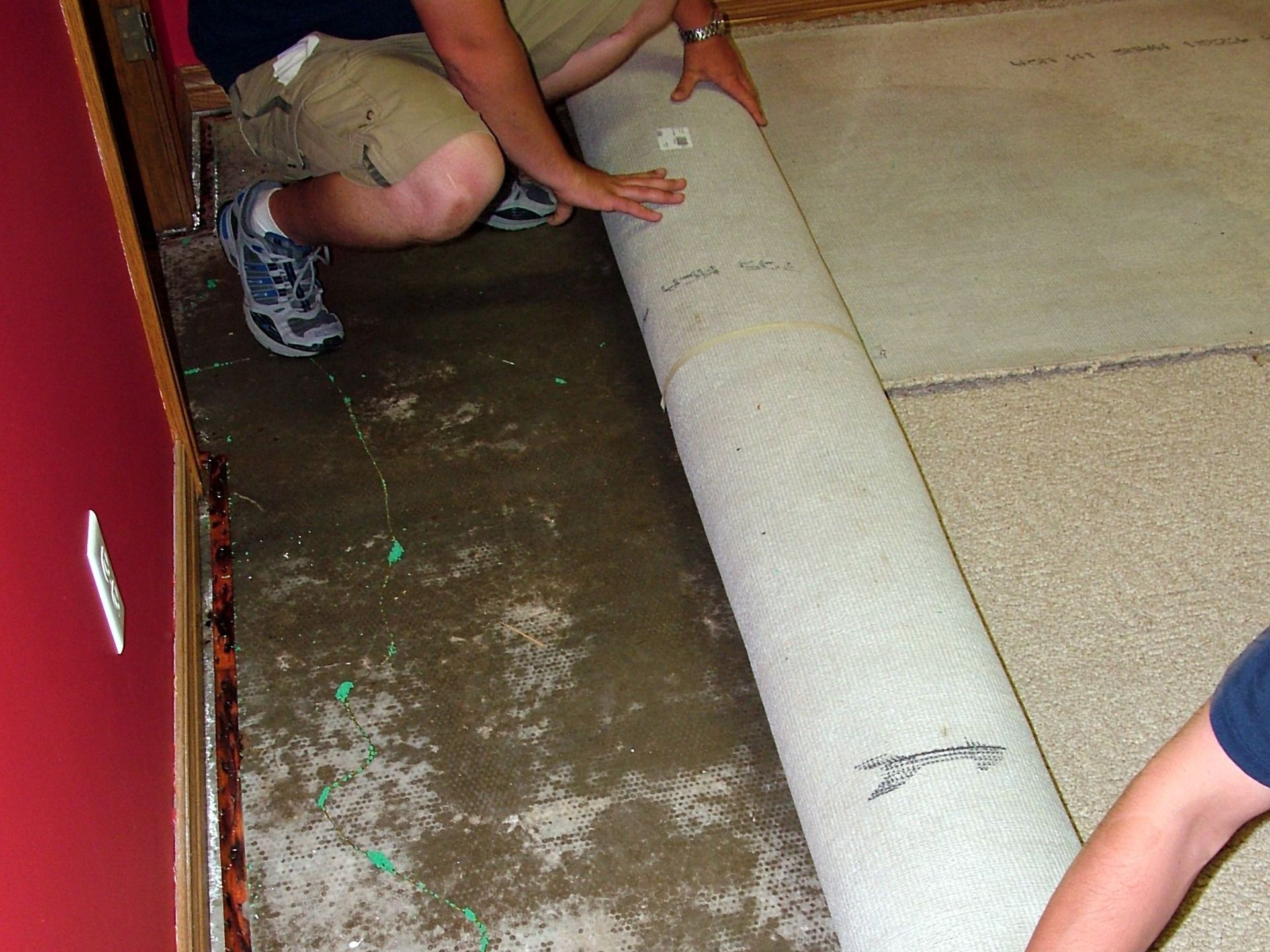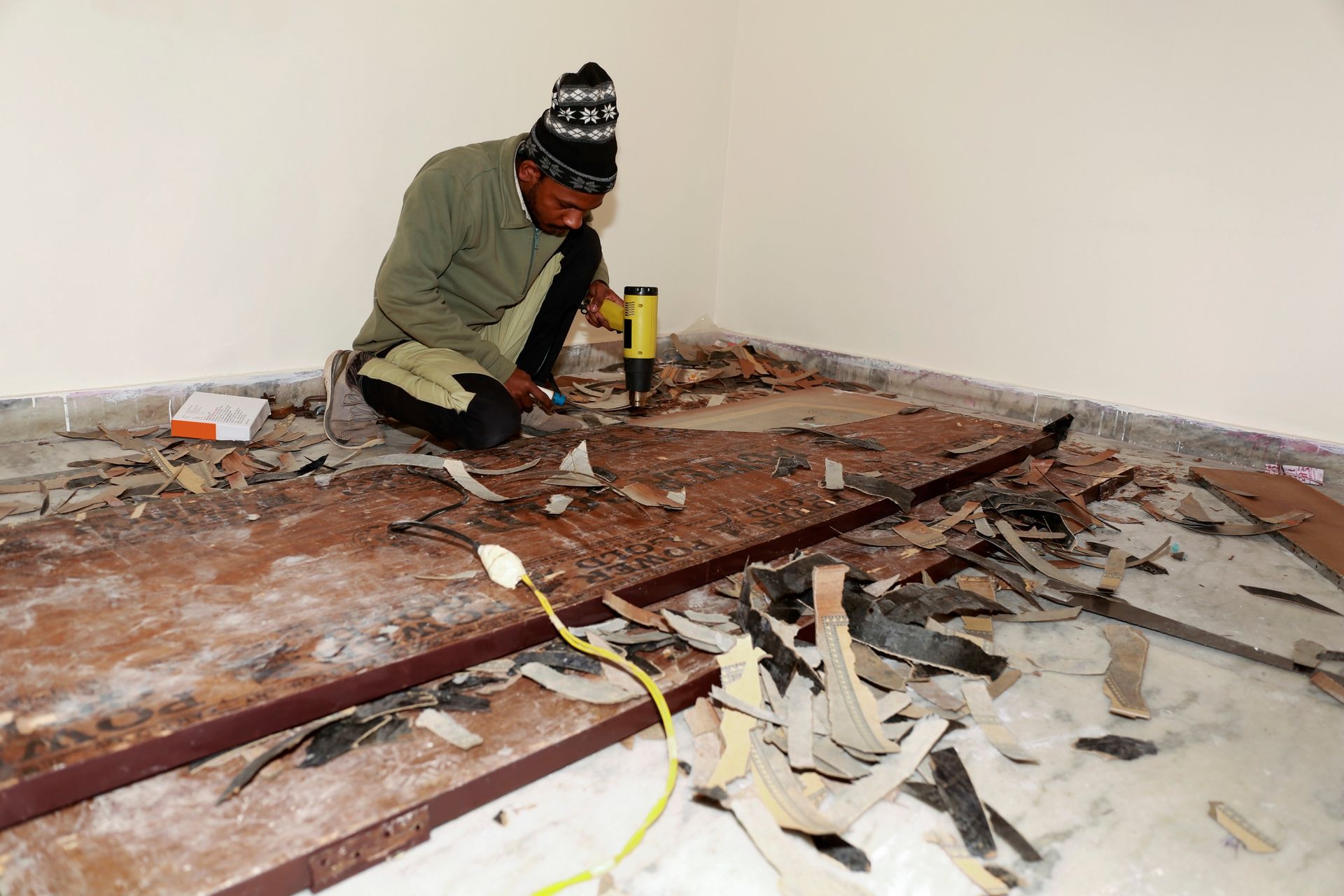Call Us Today! 650-235-0729
Water Damage Restoration Experts You Can Trust
When you call BioHazmat Solutions to come and help with water damage in your home or business, you can expect a full-service treatment. We’re a residential and Commercial water damage restoration company, and we work hard to ensure that we return everything to as close to the way it was before the damage as possible. The following are the seven steps of the process.
Step 1: Initial Contact
The first step of the process is when you contact us. For emergency situations, you can call us at 650-235-0729. Alternatively, contact us using our online form or using our website’s chat feature. We provide 24/7/365 response. So, even if you are having a water damage emergency in the middle of the night, you can count on us to come as quickly as possible.
During the initial call, our specialist will discuss the situation with you and determine what needs to happen. With water damage, speed is often essential. So, we will promptly dispatch a technician to your home or business.
Step 2: Inspection Assessment
During this step, our technician(s) will arrive at your home or business and inspect the water-damaged area. Our team members are expertly trained to thoroughly assess both the problem causing the water and the level of damage. You can assist with this process by answering questions about plumbing, water shutoff valves, and other aspects of your home or business. These are the elements of this water remediation step:
Assess Safety
The first step is to ensure safety. In particular, they will determine if there is a risk of electrocution. If there is significant water and/or it is near electrical wiring, the technician may need to shut off the power to the area or structure. Additionally, if the damage is very severe, the technician may need to ensure that the area is structurally secure enough for work.
Identify Source
Next, they will identify where the water is coming from. This includes stopping any additional water from entering the area by shutting it off.
Assess the Water
Once the area is safe, the water is shut off, and the technician will examine the water. This includes determining whether the water is contaminated. This assessment determines some of the specifics of the remediation process.
Assess the Water Damage
During this stage, the technician will also assess the extent of the damage. This includes checking for additional safety concerns such as lead or asbestos.
Other Inspections
Finally, the technician will check for any situation-specific concerns. For example, he or she may identify and move any furniture that may cause rust stains on carpets.
Step 3: Water Removal
After the inspection, the next step is to remove the water. By thoroughly extracting the water, our technicians help to ensure that the drying process is faster and more complete. This is essential for minimizing the risk of mold and secondary water damage.
We use a combination of submersible pumps, industrial-strength wet vacuums, dehumidifiers, and water analysis tools to ensure optimal performance. In addition to our expertise, our access to proper equipment helps us to offer results that are simply not attainable through DIY or working with a non-specialist.
During this process, we also continue to perform inspections as we get greater access and a clearer picture of the damage. We work quickly to help minimize the risks associated with sitting water.
Step 4: Area Drying
Following the water removal, there is still the challenge of dampness soaking into walls, floors, and furniture. Water retained in these can cause warping, swelling, and other damage. Additionally, anything that is damp for an extended period can start to grow mold.
To combat this, we use industrial-strength dehumidifiers. We have specialized tools that can help us remove dampness from the air as well as from specific items such as floors and walls. Additionally, we constantly monitor the progress using specialized tools to ensure that the process is proceeding correctly.

Step 5: Cleaning
Once the affected area is dry, there is likely still some dirt, odor, and microbes that need to be taken care of. This is especially true if the water is contaminated. We will sanitize all affected areas using antimicrobial and antibacterial treatments. Our most significant priority in water damage restoration is making sure the area is safe. Proper sanitization is a key part of them.
Additionally, we will assess all the affected items to determine what can be cleaned and restored. We try to save as much as possible using dry cleaning, wet cleaning, abrasive scrubs, and more. When necessary, we will also dispose of refuse.

Step 6: Water Damage Mitigation
The final remediation step is to repair the damage caused by the water as much as possible. This should start right after the cleaning process is done. We are able to provide some repairs to minor building damage. Additionally, our technicians can help with emergency services such as boarding up, tarping, moving, and fencing off affected areas and items.
A contractor may be required to repair more significant structural damage if it has occurred. We can help you find the right help and provide a detailed assessment to help ensure the success of rebuilding.

Step 7: Project Completion
Finally, we will conclude the project by making sure all your concerns about water damage are addressed. We will walk through the assessment and explain exactly what has been done. Additionally, we will answer any questions you may have about what comes next. We know that water damage can be a stressful and concerning experience. So, we are committed to making it as easy as possible for you.
Let Us Handle Restoring Your Property After Water Damage
Call our team for 24/7 emergency services at 650-235-0729 in San Mateo, CA, when your home and business are damaged by water.
Phone: 650-235-0729
Email: admin@biohazmatsolutions.com
Address: San Mateo, CA 94402
Licensed and insured
Business Hours:
24/7
- Mon - Sun
- Open 24 Hours
24-hour emergency






